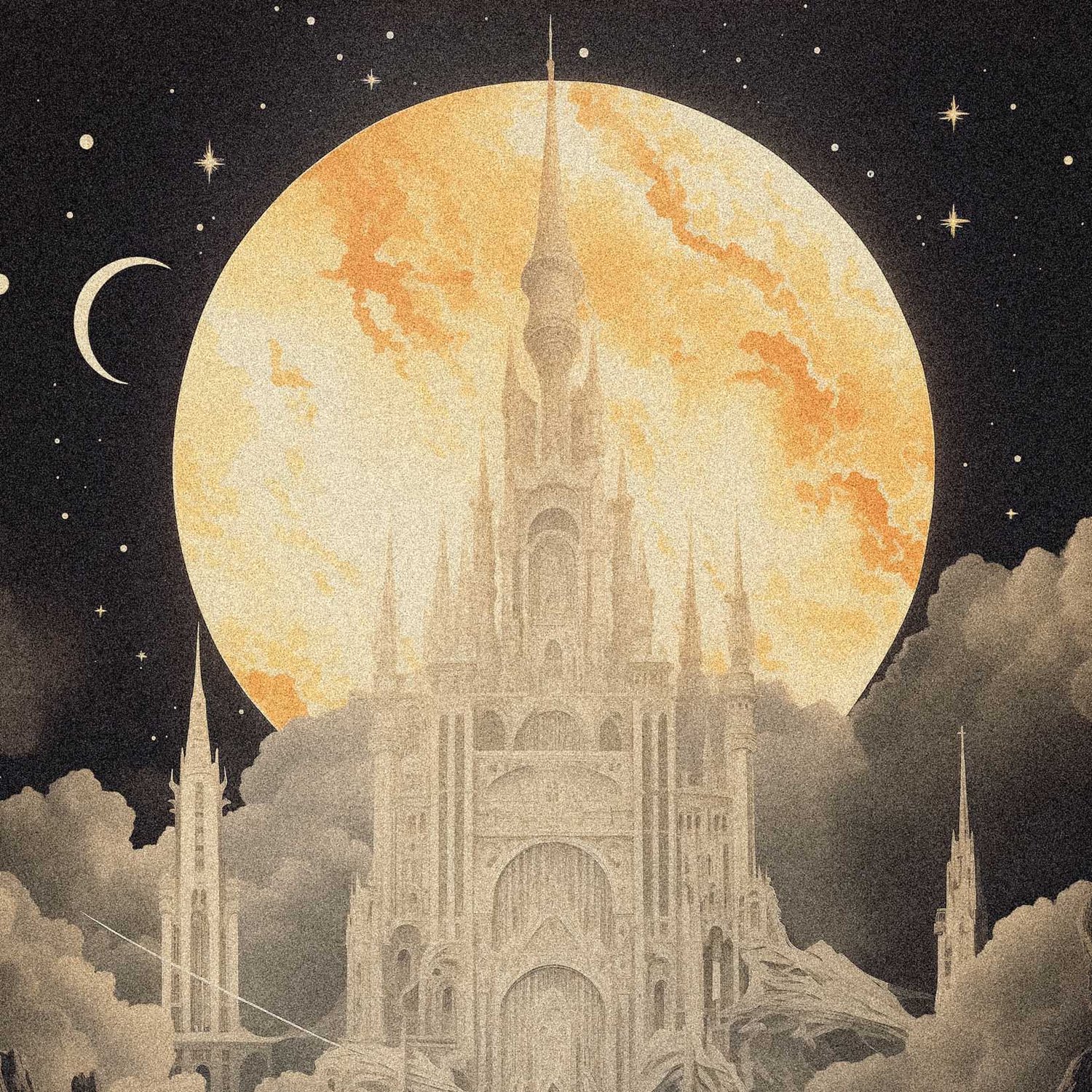What Are Some Famous Medieval Short Stories?
Dark Fantasy Short Stories from the Middle Ages
During the height of the Middle Ages, roughly from the fifth to the fifteenth century, storytellers conjured up enthralling tales that carried listeners away to magical worlds populated by dragons, knights, and sorcery. These medieval short stories, which capture the spirit of the era, have had a lasting impact on literature and helped to establish the beloved dark fantasy subgenre that we know today. We will travel across the medieval era in this blog post, looking at the writers, historical events, and captivating tales that have influenced the tradition of medieval short stories.
How Medieval Short Stories Started
An active storytelling tradition developed in Europe during the transition from the Dark Ages to the Middle Ages. Storytelling was a luxury in a society where recorded literature was rare, and minstrels and troubadours passed down stories from generation to generation. These itinerant storytellers would captivate listeners with captivating tales of bravery, sorcery, and selflessness.
Authors and Dates:
The Father of English Literature, Geoffrey Chaucer (1343–1400) is renowned for his mammoth work "The Canterbury Tales" from the Middle Ages. The collection of tales offers a varied view into medieval society, full of dark humour, romance, and morality, even though it is not only composed of short stories.
Giovanni Boccaccio (1313–1375) was an Italian writer who wrote the "Decameron" in the fourteenth century. Boccaccio explores human nature, love, and the intricacies of society in his collection of 100 stories, which is told by ten young people who are fleeing the Black Death.
The enigmatic medieval poet Marie de France (12th century) is well-known for her compilation of Breton lais. Themes of love, magic, and the paranormal are explored in these short stories, which are written in the vernacular.
The darker side of fantasy was frequently embraced by medieval short stories, which incorporated elements of magic, mystery, and the paranormal. These stories reflected the hazy boundaries between the real and the fantastical that characterised medieval thought.
Legacy Medieval Short Stories
"The Green Knight" (14th century):
This unidentified Arthurian romance presents the enigmatic Green Knight, a supernatural character who challenges the Round Table knights to a beheading contest. This story, which is full of magical details and moral lessons, is a prime example of the dark fantasy that permeates medieval literature.
"The Lais of Marie de France" (12th century):
Marie de France's lais explore themes of betrayal, loyalty, and the paranormal. Stories like "Bisclavret," in which a man turns into a werewolf, explore the mystical and magical.
"The Decameron" (14th century):
Tales presented in Boccaccio's "Decameron" contain sarcastic, ironic, and dark humour elements. The stories weave together a picture of medieval life with a dash of fantasy as they examine the human condition against the backdrop of the Black Death.
The Tales of Gwyn
I recently released a book titled Tales of Gwyn, which takes place in a medieval fantasy setting with dark gothic elements.
The six gods that rule over the five different kingdoms that make up the realm of Gwyn are Maelgor, Cyfandor, Zephyrus, Seraphina, Gwiraelin, and Eldorin. These ancient beings shape a wide variety of people living in distinct regions.
Each realm has a ruler who combines elements of monarchy and democracy. For example, Queen Elwen Aurandor rules Rhyddia, Queen Zephyra Darkfyre rules Ebonholt, the Arcane Sovereign Guild governs Brynndor through democratic processes, King Bore Icemane rules The Snowdrift Dominion, and King Morvus Blackthorn rules Bloodmoon Isle.
My Final Thoughts
The Middle Ages' short stories provide a glimpse into a world where reality and imagination coexisted. These stories, which range from the valiant adventures of knights to the fascinating worlds of magic, have left a lasting impression. We explore the rich tapestry of medieval storytelling that still serves as an inspiration for the dark fantasy subgenre by delving into the writings of Geoffrey Chaucer, Boccaccio, and Marie de France. As we travel through the medieval eras and beyond, let us treasure these timeless stories that are laced with magic and mystery.
My Own Dark Fantasy Realm
Hi there, fellow fans of dark fantasy! Thanks to your unflinching support, our blog—which is packed with tales and inspirations of dark fantasy—is making waves on TikTok, Pinterest, and YouTube. Even more thrilling is the fact that we're creating a captivating Trading Card Game to further engross you in Twilight Citadel's eerie mysteries. Explore the depths of the shadows with our website, where you can get eerie yet lovely phone wallpapers and posters. Furthermore, we've got you covered with free resources like desktop wallpapers and profile pictures to make sure your gadgets are brimming with eerie fantasy atmosphere. Come along with us on this surreal adventure, where fears come true and shadows dance. Are you prepared to welcome the gloom?













Medieval fantasy writers walk a fine line between developing their characters and preserving a constant sense of dread in a world where shadows dance with the light and evil lurks around every turn.